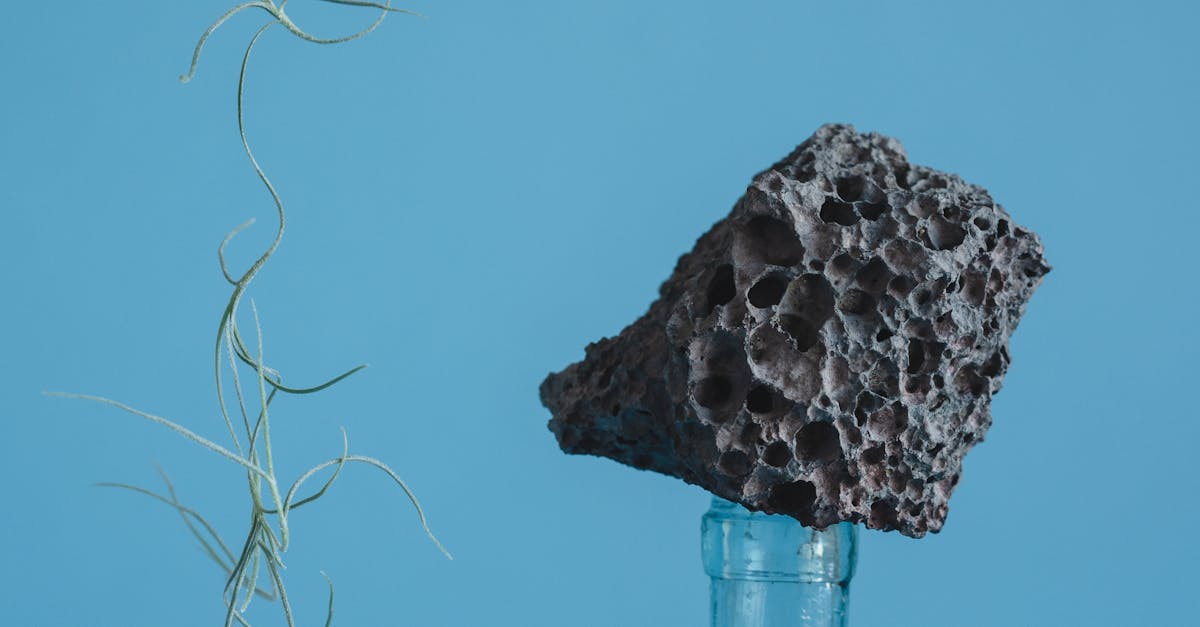Unveiling the Secrets of Air Plant Hydration: A Journey to Optimal Health

Watering Air Plants: A Comprehensive Guide for Optimal Health
Watering air plants is essential for their health and well-being. Proper watering helps air plants absorb nutrients, stay hydrated, and maintain their vibrant appearance. This comprehensive guide will explore effective watering techniques, determine watering frequency based on plant size and environmental factors, and identify common watering mistakes to avoid. Additionally, advanced watering tips will be shared to enhance air plant health and longevity.
Understanding the importance of proper watering is the first step to ensuring the health and vitality of your air plants. Air plants, also known as epiphytes, derive moisture and nutrients from the air and through their leaves, making watering essential for their survival. Proper watering practices encourage healthy root growth, prevent dehydration, and promote overall plant well-being.
As you delve into the world of air plant care, you’ll discover various watering methods, each with its own benefits. Soaking, misting, and dunking are popular techniques, and the optimal choice depends on the type and size of your air plants. Understanding the specific needs of your air plants and choosing the appropriate watering method will help them thrive and flourish.
1. The Importance of Proper Watering
The Importance of Proper Watering: Understand why watering is crucial for air plant health, longevity, and vibrant appearance.
Watering is a fundamental aspect of air plant care, as it directly impacts their health, longevity, and overall appearance. Air plants, unlike traditional potted plants, absorb moisture and nutrients from the air and through their leaves, making watering essential for their survival and well-being.
Proper watering practices promote healthy root growth, prevent dehydration, and ensure that air plants receive the necessary moisture to thrive. Dehydration can lead to wilting, discoloration, and stunted growth, while overwatering can cause root rot and other issues. Understanding the specific watering needs of your air plants and adhering to a consistent watering schedule will help them flourish and maintain their vibrant appearance.
A well-hydrated air plant exhibits healthy, vibrant leaves and robust roots. Proper watering encourages the absorption of essential nutrients, supporting overall plant growth and development. Additionally, adequate moisture helps air plants maintain their structural integrity, preventing leaves from becoming dry and brittle. By providing your air plants with the right amount of water, you can ensure their optimal health, longevity, and aesthetic appeal.
2. Effective Watering Techniques

Effective Watering Techniques: Explore various watering methods, including soaking, misting, and dunking, and their specific benefits for air plants.
Watering air plants effectively requires an understanding of the different techniques available and their specific benefits. By choosing the appropriate method based on the type and size of your air plants, you can ensure they receive the optimal hydration they need to thrive.
Soaking involves submerging air plants in water for a period of time, typically 10-15 minutes. This method is particularly beneficial for larger air plants or those that are particularly dry. Soaking allows the air plant to absorb water thoroughly, promoting root hydration and overall plant health. After soaking, gently shake off excess water and allow the air plant to dry upside down to prevent water from accumulating in the crevices of the leaves.
Misting is a gentler watering method that involves spraying a fine mist of water onto the air plant’s leaves and roots. Misting is suitable for smaller air plants or those that prefer a more frequent, light watering. It helps maintain humidity levels around the air plant, which can be beneficial in dry environments. Misting can also be used to clean dust and debris from the air plant’s leaves.
Dunking is a combination of soaking and misting. It involves submerging the air plant in water for a short period, typically 1-2 minutes, and then misting it thoroughly. Dunking provides the benefits of both soaking and misting, allowing the air plant to absorb water quickly while also maintaining humidity levels. This method is particularly effective for air plants that require more frequent watering or those that have become slightly dehydrated.
3. Determining Watering Frequency
Determining Watering Frequency: Learn the factors that influence watering frequency, such as plant size, environment, and seasonality, to optimize hydration.
Watering frequency is a crucial aspect of air plant care, as both under watering and overwatering can have detrimental effects on the plant’s health. Determining the optimal watering frequency requires an understanding of the factors that influence water needs, such as plant size, environment, and seasonality.
Plant size: Larger air plants generally require more frequent watering than smaller ones, as they have a greater surface area and more leaves to hydrate. Smaller air plants, on the other hand, may only need to be watered once or twice a week, depending on the other factors mentioned below.
Environment: The environment in which the air plant is placed also plays a role in determining watering frequency. Air plants in dry environments, such as those with low humidity or exposure to direct sunlight, may需要 more frequent watering than those in more humid environments. Additionally, air plants placed in areas with good air circulation may dry out more quickly and require more frequent watering.
Seasonality: Watering frequency may also vary depending on the season. During the growing season (typically spring and summer), air plants may require more frequent watering as they are actively growing and absorbing more nutrients. In the fall and winter months, when growth slows down, watering frequency can be reduced.
4. Common Watering Mistakes
Common Watering Mistakes: Identify and avoid overwatering, under watering, and other common pitfalls that can harm air plants.
While watering is essential for air plant health, it’s important to avoid common mistakes that can harm your plants. Overwatering and underwatering are the two most prevalent issues, but other factors can also contribute to problems. By understanding these pitfalls and taking steps to avoid them, you can ensure your air plants thrive.
Overwatering: Overwatering is a common mistake that can lead to root rot, a condition that occurs when the roots of the air plant become waterlogged and begin to decay. Overwatered air plants may exhibit symptoms such as brown or black roots, mushy leaves, and a foul odor. To avoid overwatering, allow the air plant to dry out completely between waterings. Additionally, avoid misting your air plant too frequently, as this can contribute to overwatering.
Underwatering: Underwatered air plants may exhibit symptoms such as dry, crispy leaves, shriveled roots, and a dull appearance. To avoid underwatering, make sure to water your air plant regularly, especially during the growing season. The frequency of watering will vary depending on the factors discussed in the previous section. If you’re unsure whether your air plant needs water, it’s always better to err on the side of caution and water it.
5. Additional Watering Tips
Additional Watering Tips: Discover advanced watering techniques, such as using specialized watering solutions, to enhance air plant health and longevity.
In addition to the basic watering techniques discussed earlier, there are several advanced watering tips that you can employ to further enhance the health and longevity of your air plants. These techniques include using specialized watering solutions and fertilizers, as well as employing specific watering methods that mimic the natural environment of air plants.
Specialized watering solutions: Commercial air plant fertilizers and watering solutions are available to provide additional nutrients and support to your plants. These solutions typically contain a balanced blend of essential minerals and elements that are tailored to the specific needs of air plants. Using specialized watering solutions can help促进 healthy growth, enhance葉子coloration, and improve overall plant vigor.
Watering methods that mimic natural environment: Air plants in their natural habitat receive moisture from rainfall and humidity. To mimic this natural environment, you can try watering your air plants with rainwater or distilled water. Additionally, you can increase the humidity around your air plants by misting them regularly or using a humidifier. Providing your air plants with a humid environment can help them absorb moisture more efficiently and promote overall health.
Quiz
1. True or False: Air plants absorb moisture and nutrients through their roots.
(a) True (b) False
2. Which of the following watering techniques is best suited for larger air plants?
(a) Misting (b) Soaking (c) Dunking
3. What is a common sign of overwatering in air plants?
(a) Dry, crispy leaves (b) Brown or black roots (c) Yellowing leaves
4. Which of the following factors can influence the watering frequency of air plants?
(a) Plant size (b) Environment (c) Seasonality (d) All of the above
5. True or False: Specialized watering solutions can provide additional nutrients and support to air plants.
(a) True (b) False
Answer Key
- (b) False
- (b) Soaking
- (b) Brown or black roots
- (d) All of the above
- (a) True
